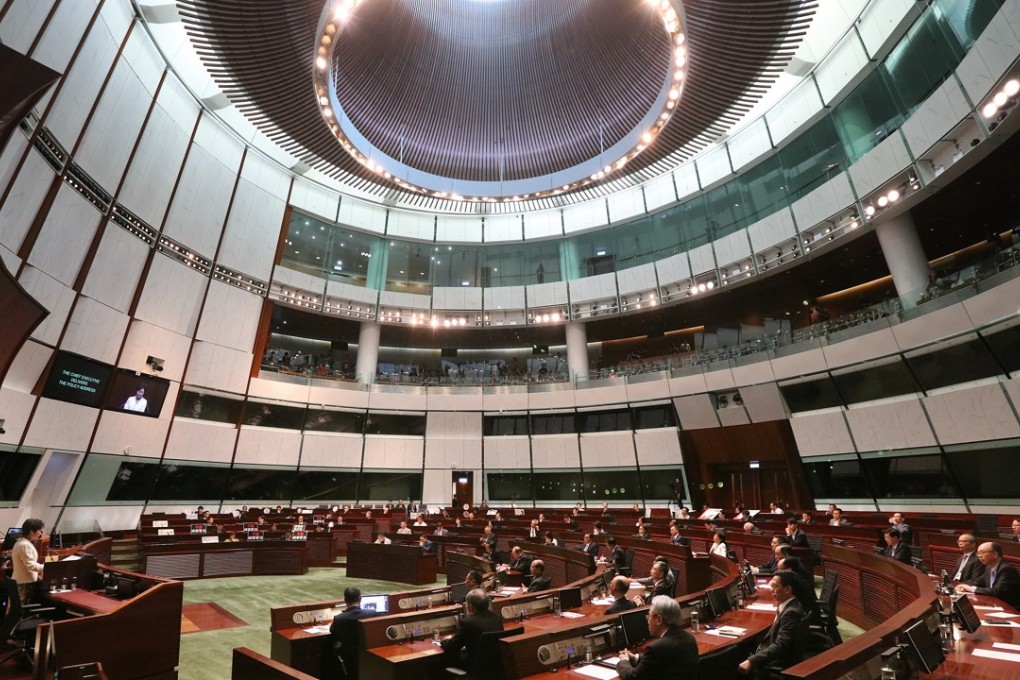Hong Kong continuing education subsidies not enough, study finds, as number of claims down 73 per cent
Legco report notes maximum amount per applicant has not changed since programme began in 2002

Applications to claim Hong Kong government subsidies for continuing education have plummeted 73 per cent since 2006, suggesting an incentive scheme has been ineffectual, according to a Legislative Council study released on Friday.
The study by the Legco Secretariat also found the city’s participation rate in continuing education was lower than that of many other developed economies.
Reviewing figures from the government’s Continuing Education Fund, the study showed the number of claims had dropped from an all-time high of 73,138 in financial year 2006 to 19,912 last year.

“The falling number of claims might reflect, among other things, the fund’s insufficiency for those keen to pursue studies and a narrow scope of courses the fund covers,” the study stated.
Officials set up the fund in 2002 to subsidise continuing education. Every Hong Kong resident aged between 18 and 65 is eligible to receive a maximum subsidy of HK$10,000 in his or her lifetime. Applicants can apply for reimbursement of 80 per cent of fees of any course registered with the fund. Each person can submit at most four claims within a four-year period when a fund account has been opened.